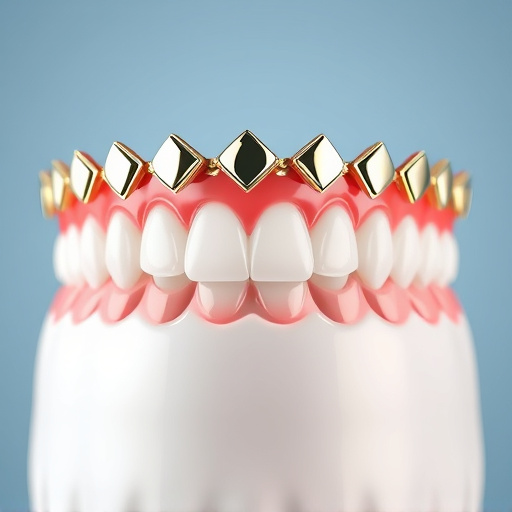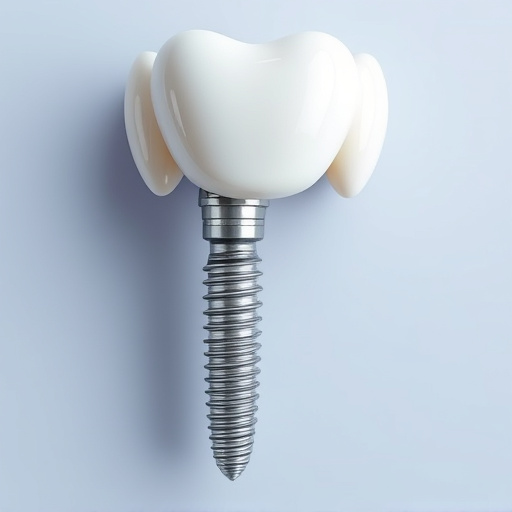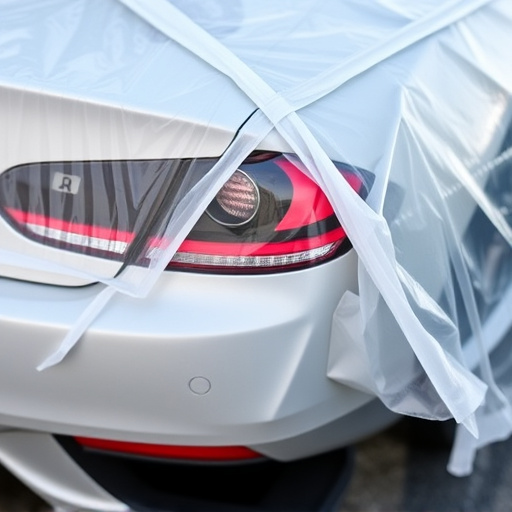Successful vehicle decal installation demands thorough cleaning, bubble-free application, and post-coating protection. Precise trimming is vital for a flawless finish, preventing damage to the paintwork. Regular cleaning with microfiber cloths ensures scratch-free protection. This meticulous process enhances vehicle aesthetics and value.
After installing vehicle decals, the question arises: should you trim them? This guide explores the intricacies of the vehicle decal installation process and highlights the benefits of proper post-installation trimming. We’ll walk you through the steps, offering tips for efficient cleaning and ensuring your decals look crisp and professional. Discover why this final touch is essential for a polished finish.
- Understanding Vehicle Decal Installation Process
- Benefits of Proper Post-Installation Trimming
- Tips for Efficient and Effective Decal Trim Cleaning
Understanding Vehicle Decal Installation Process

The vehicle decal installation process involves careful application to ensure a smooth, seamless finish. It’s crucial to understand that decals are designed to adhere to a clean, dry surface free from contaminants and imperfections. Before installing any vehicular decals, it’s essential to wash and decontaminate the designated area, often using specialized cleaners to remove waxes, oils, and other residues that could interfere with adhesion. After washing, a thorough drying process is necessary to prevent water spots or moisture-related issues that might compromise the durability of the decal.
During installation, air bubbles should be carefully removed for optimal results. This step ensures that the decal adheres properly, creating a protective barrier on the vehicle’s surface. Additionally, protective coatings and UV protection can be applied over the decals to safeguard against environmental damage, including fading, cracking, and peeling, enhancing their lifespan and preserving the paint correction beneath.
Benefits of Proper Post-Installation Trimming

After installing vehicle decals, proper trimming is essential for achieving a flawless finish. This step goes beyond simply cutting off excess material; it ensures the decal seamlessly integrates with your car’s curves and contours. Precise trimming allows for better adherence to complex surfaces, preventing bubbles, wrinkles, or gaps that can compromise the aesthetics of your vehicle.
Benefits of this process extend beyond cosmetic appeal. Correctly trimmed decals enhance the overall look of custom vehicle wraps or automotive detailing jobs, making them stand out. Moreover, it’s a crucial step in paint correction, as it minimizes the risk of damaging the underlying paint job during the installation and post-installation processes.
Tips for Efficient and Effective Decal Trim Cleaning

After successfully installing vehicle decals, proper trimming is essential for a clean and professional finish. Start by gathering the right tools, including precision scissors or a utility knife designed for automotive applications. Ensure excellent visibility during the process to avoid any accidental cuts. Begin trimming along the edges of the decal, carefully following its contours while keeping the cut lines straight and precise.
For efficient cleaning, maintain a rigorous routine throughout the installation process. Regularly wipe down the car’s surface with a microfiber cloth to remove dust and fingerprints. This step is crucial, especially in areas where decals are applied, as it prevents debris from compromising the adhesion of the adhesive layer. Additionally, consider using dedicated cleaners designed for vehicle decals or automotive detailing to ensure optimal scratch protection for your paintwork, enhancing the overall aesthetics and value of your vehicle with a pristine finish that incorporates the added security of a paint protection film.
When it comes to vehicle decal installation, proper trimming is a crucial step that ensures a clean, professional finish. By taking the time to meticulously trim away excess decals after installation, you enhance the overall aesthetics of your vehicle and protect its surface from potential damage. Following the tips outlined in this article will enable you to achieve a flawless, long-lasting application, making your vehicle stand out while maintaining its original beauty.














